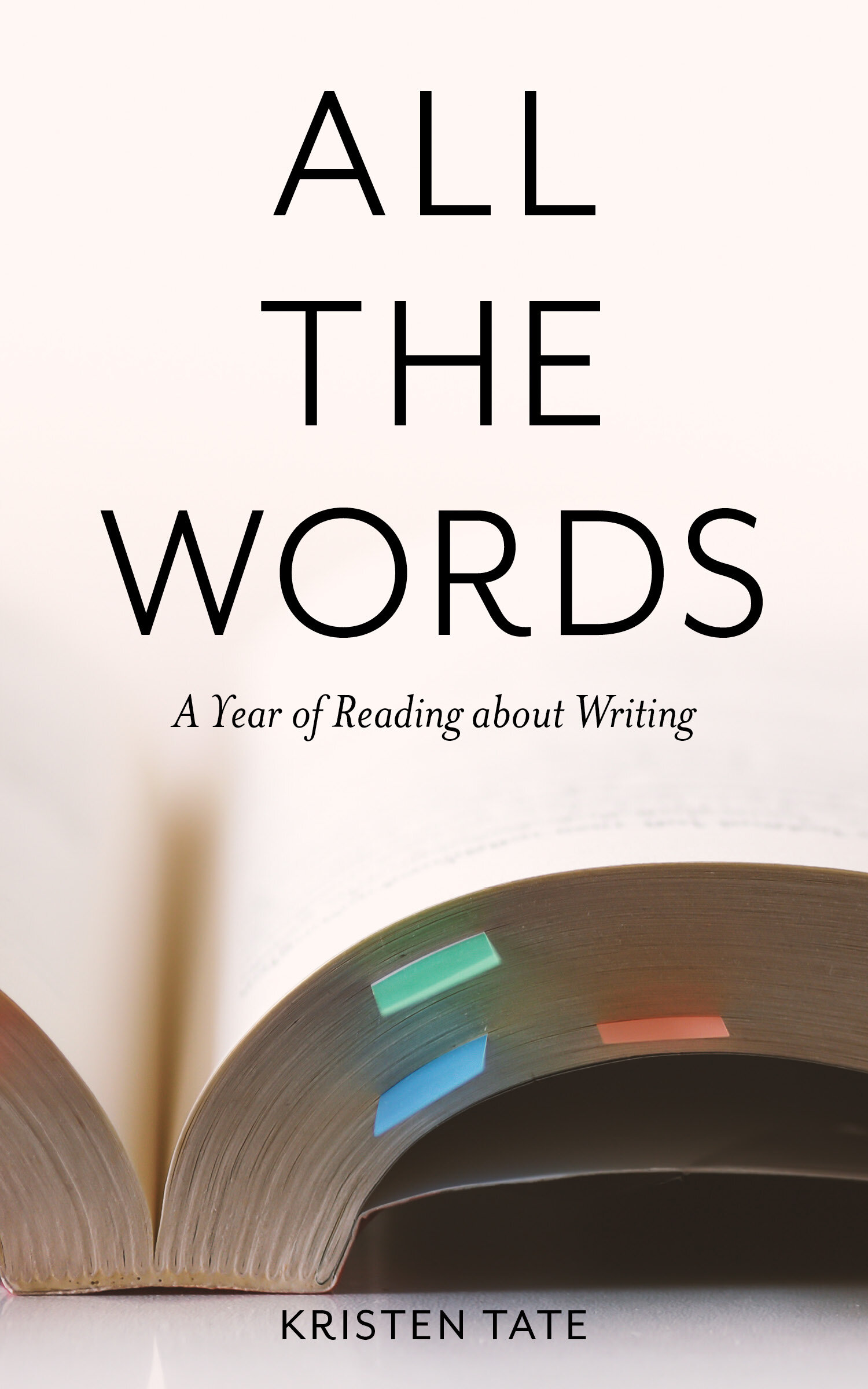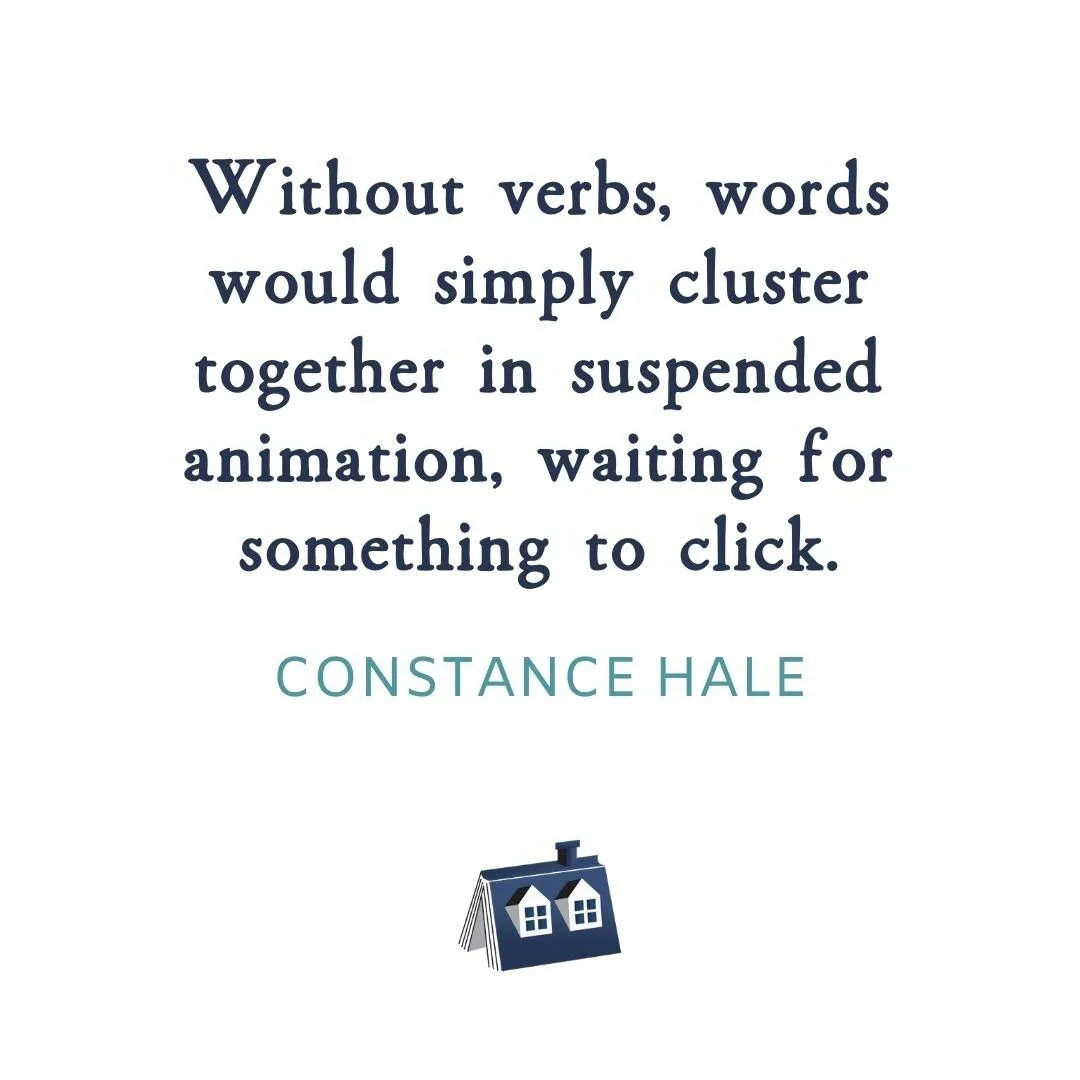Sin and Syntax, by Constance Hale
This is part of a series of weekly reviews of writing craft books written in 2019, later revised and collected in Kristen’s book All the Words: A Year of Reading About Writing. Read the first chapter or buy the book in our Shop.
It is week seventeen of 2019. How’s the writing going? Here at the garret, it’s been a busy and productive week. Reviewing my calendar, I see that I’ve worked on ten different books this week, doing everything from intensive developmental editing to simple cheerleading. I love this work, and I will always be an editor first and a writer second. But I’ve come to treasure the hours I spend writing this newsletter, when I, too, get to face the freedom and the terror of the blank page.
This week’s book is the wonderfully titled Sin and Syntax: How to Craft Wicked Good Prose by Constance Hale. I realized this week while reading it that I have been unconsciously searching this year for The One Book to Rule Them All. Or perhaps two: one on narrative structure and another on sentence-level writing. Looking at Hale’s table of contents – which takes us from “Words” (nouns, adverbs, conjunctions, and so on) to “Sentences” (subjects and predicates; phrases and clauses) to “Music” (melody, rhythm, voice) – I thought this book could perhaps be The One.
Readers, Sin and Syntax is not The One. But also, I suspect that there is no such thing as The One. Once I put aside my desire for a magical unicorn that clearly explains the confusing morass that is English grammar and provides astute and illuminating advice on slippery matters of style, all in one manageable package, I found a lot to like in Hale’s book.
Each chapter is organized into five sections: bones (grammar principles), flesh (writing lessons), cardinal sins (errors to avoid), and carnal pleasures (examples of good writing and suggestions for how to play with rules). This structure leads to some repetition across sections, but it also allows Hale to show readers just how flexible – and exciting – the English language is.
Hale’s best advice is in the “Word” section, where she challenges writers to think about both the denotation (the literal meaning) and the connotations (the implicit meanings) of every word, as well as “its sensuousness: its sound, its cadence, its spirit.” For Hale, choosing a word entails exploring its various layers: “First, it must precisely render an image: pick bungalow if you’re describing a one-story house with a low-pitched roof. Second, your noun must be evocative, its connotations conjuring a realm of emotion or sensation: stay with bungalow (or perhaps choose cottage) if you’re capturing coziness, a homey atmosphere. Finally, your noun must be apt—its associations, its links to other words and ideas, must complement your meaning. Are the occupants a bunch of frat boys? Then crash pad might work better.”
Hale reminds us that the stronger the word, the more room it needs in a sentence. Stripping off extraneous adjectives or replacing an adverb + weak verb combination with a single powerful verb can improve your sentences. As Hale puts it, “Many adverbs—especially the how? variety—merely prop up a limp verb. Strike ‘speaks softly’ and insert whispers. Erase ‘eats hungrily’ in favor of devours.”
In her “Sentence” section, Hale offers the best conceptual explanation I’ve read of how the parts of a sentence work together. As Hale explains it, every sentence is like a mini-narrative, a story: “A sentence needs a What (the subject) and a So What (the predicate). The subject is the person, place, thing, or idea we want to express something about; the predicate expresses the action, condition, or effect of that subject. The predicate expresses a predicament—the situation the subject is in.” For a sentence to tell its story effectively, both of these parts must be clear and vivid.
“Relish every word” appears as a section header three different times in the book, and it is one of Hale’s “five new principles of prose.” (The others are “aim deep but be simple”; “take risks”; “seek beauty”; and “find the right pitch.”) I’ll remind you again: This word-focused attention is the province of revision, not of drafting. If you stop to consider all of these aspects of every word before you commit it to paper, I guarantee you will be frustrated and stuck. And likely word-less. But once you’ve filled up your blank page with words and you’ve got your story structure set, Sin and Syntax will help you cook up sentences that readers will devour.
Here’s to relishing the words, y’all,
Kristen
Check out our Resources page for more in-depth articles on writing, revising, polishing, and publishing your novel. Sign up for our weekly newsletter for fresh content, and you’ll also get our free PDF with recommended reading for writers!



